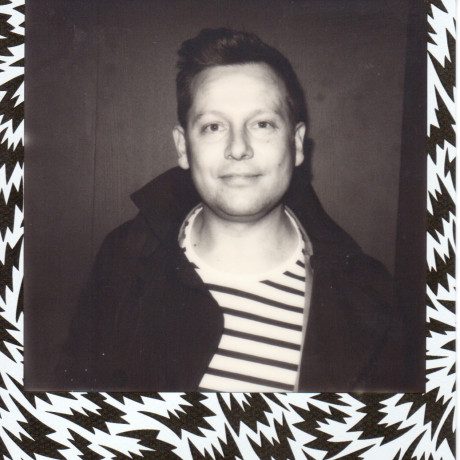#TheMeasure: DJI Spark – Hands-On with PhotoBite at the Nürburgring
With its miniature-sized Spark, DJI has introduced a new generation of drones into their already impressive range of drones. Despite its small size, the Spark is packed with a multitude of features [as outlined in our news post]. PhotoBite contributor, Patrick Wollner, had the opportunity to fly the new consumer-facing drone at its European launch event at the Nürburgring, where DJI supported the legendary 24-hour race with aerial filming
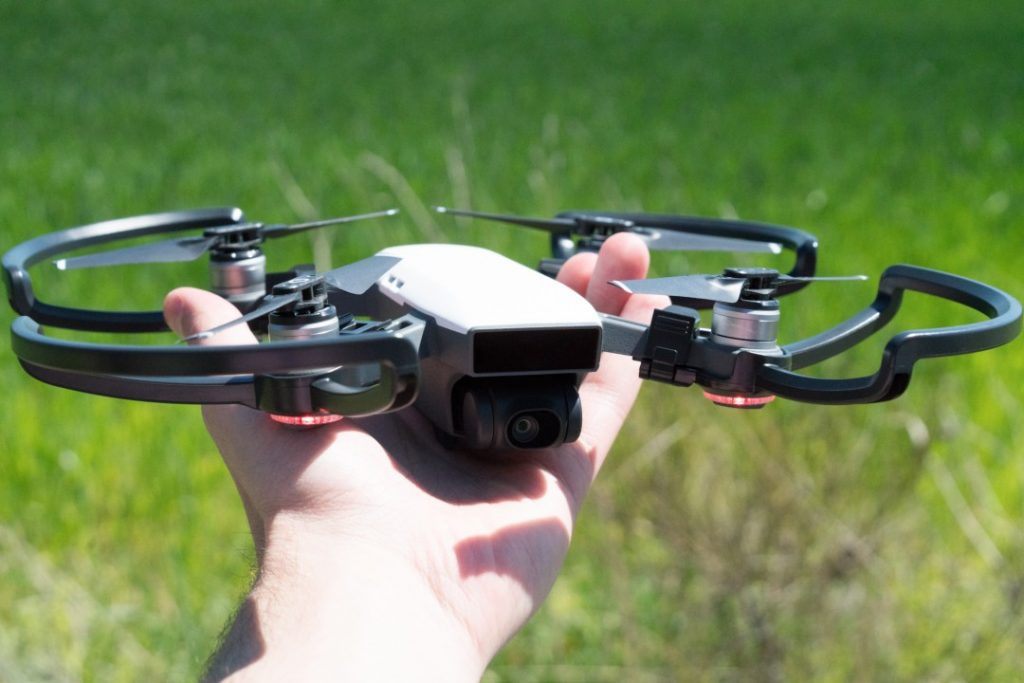
After an introduction of the new device’s key facts by DJI’s European Director Martin Brandenburg, Spark’s European product manager demoed its features. Eager to test the drone, the journalists left the Nürburgring’s no-fly-zone [which is digitally enforced by DJI’s GPS-limited Go 4 app] to a nearby hotel.
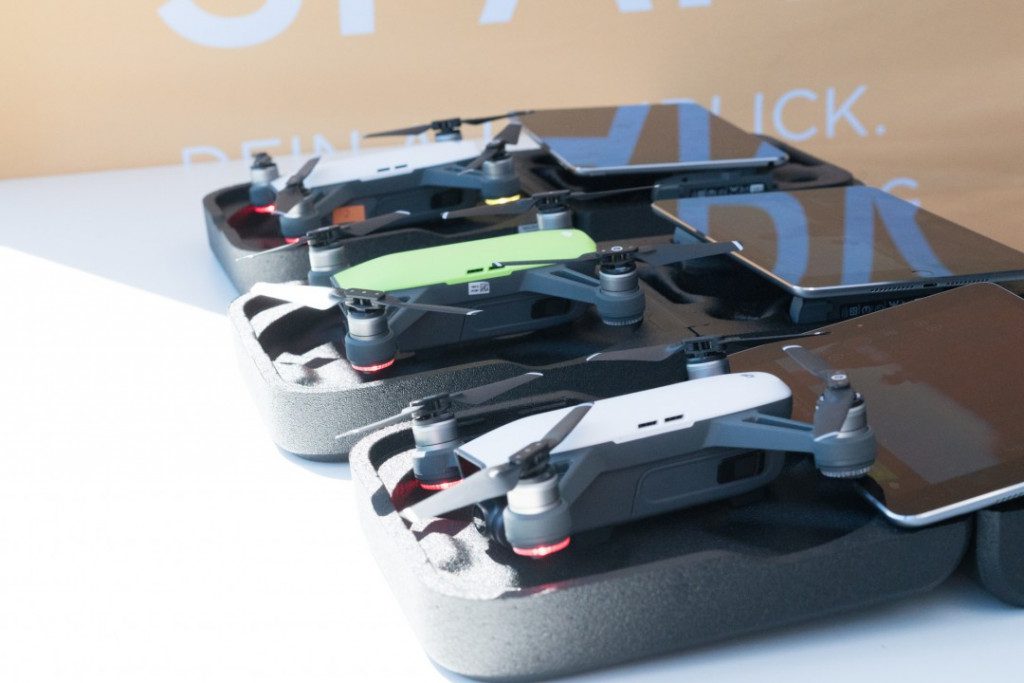
The key feature of the drone is its remoteless operation. Placed on the palm of the user’s hand, two clicks of the battery-mounted power button are sufficient for the device to activate gesture mode, scan for faces and – once it identifies its operator – to lift off. In practice, this feature worked remarkably well. Only when facing direct sunlight, the pre-production Sparks did not manage to lift off in the first few attempts.
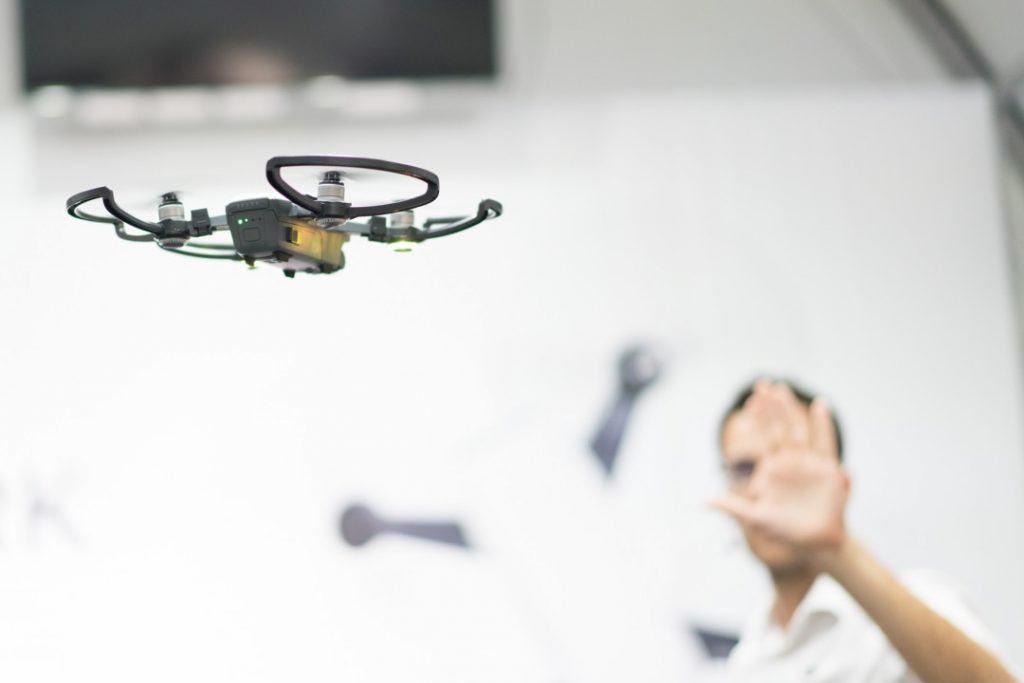
Once airborne, the drone can be controlled with hand gestures: an open hand can direct its position, a short wave sends it off backwards, a finger frame gesture signals a selfie and another wave summons the drone to fly back to and land autonomously on its operator’s palm. Despite the limited time we had to get acquainted with the drones, most of these features worked within the first few attempts. Subsequent tries (once we had internalised the gestures) worked flawlessly – even indoors. A feature the drone lacks is an option to record videos in gesture mode: with its current firmware, it is only possible the drone can only take photos, no videos.
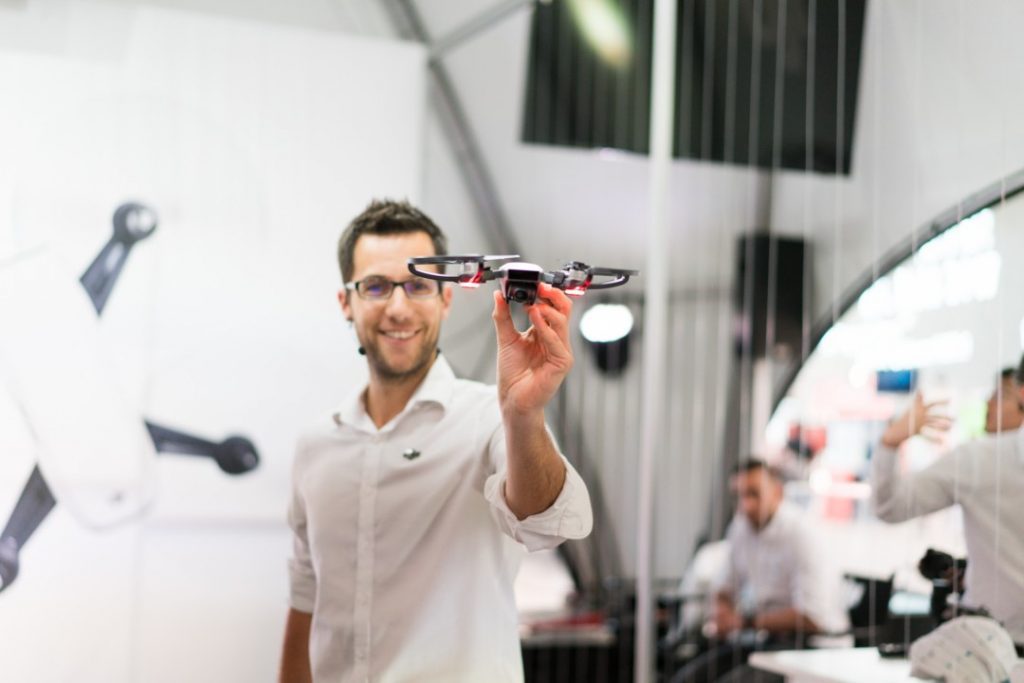
In addition to Spark’s phone-free operation, it can be controlled by any iOS or Android smartphone or tablet [via WiFi], or with the dedicated controller, which extends the drone’s range and significantly increases its agility. We had the option to field test both modes: the WiFi mode was somewhat slow but surprisingly stable. The wind levels at the test location were high and the miniature-sized drone held up just as well as the Mavic Pros that were flying nearby.
Once paired with a remote, Spark was an entirely different creature: its agility and speed were remarkable given its small size. Spark can fly up to 31mph [compared to the Mavic Pro’s 40mph] and opens up a horizon of opportunities for high-speed indoor and outdoor flying. Its obstacle detection is based on a different system than previous DJI products and proved to be reliable – even with the preproduction firmware. However, it can only sense objects in front and hence can bump into objects when shooting a selfie while flying backwards. The advertised flight time of 16 minutes seems to be an accurate representation of Spark’s capabilities – even at moderate wind levels.
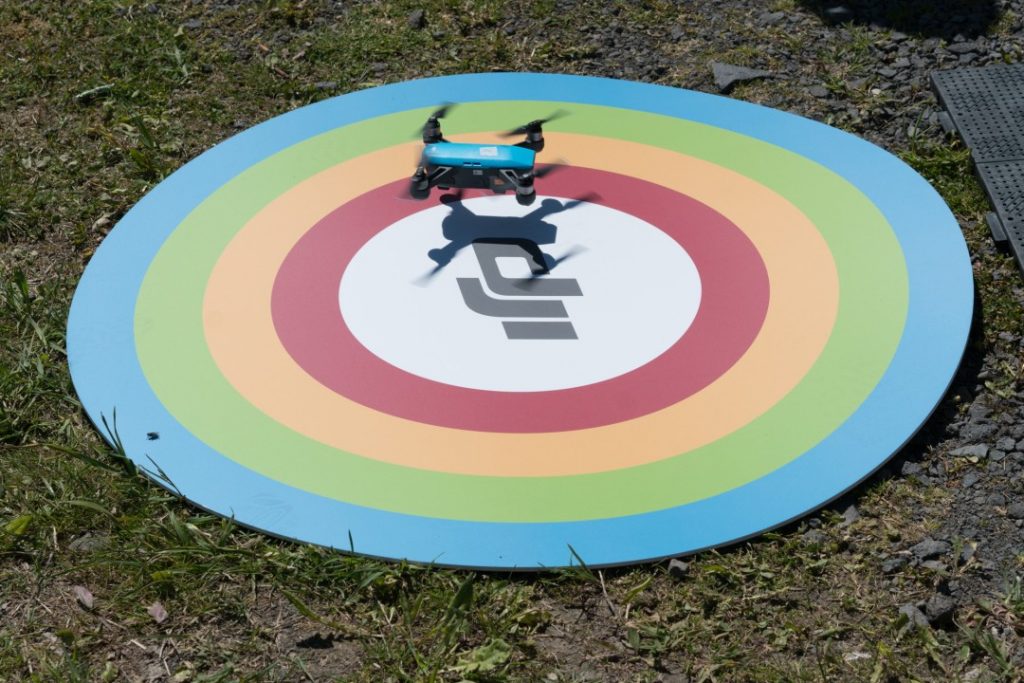
In contrast to all other DJI drones, Spark only has a two-axis image stabilisation. Its gimbal can move up and down [pitch] and rotate [roll]. Sideward movements [yaw], however, are not compensated for. In practice, this had a limited effect on the quality of the footage. However, the software and sensor limitations of the drone are more critical: Spark can only film in 1080p and doesn’t allow for a modification of the frame rate. It does, however, allow limited manual settings such as shutter speed and ISO.
In photography mode, the drone has similar limitations. In contrast to all other current DJI models, our test sample didn’t allow for DNG recording. That being said, the sensor [1/2.3″ CMOS] provided us with adequate 12-megapixel jpeg stills and the bracketing mode turned is a nice addition for aerial photographers. In essence, Spark is an ideal flying smartphone camera. It doesn’t compete with any of DJI’s prosumer or professional products in terms of functionality or image quality, but all in all, it drastically reduces the entry barrier to drone flying.
In essence, Spark is an ideal flying smartphone camera. It doesn’t compete with any of DJI’s prosumer or professional products in terms of functionality or image quality, but all in all, it drastically reduces the entry barrier to drone flying. The price is nearly half of DJI’s second cheapest drone Mavic Pro, and its flying experience is as easy as never before. The drone is fly-worthy within seconds and can take off in nearly every scenario. The optical positioning system allows the drone to fly indoors [where no GPS is available for stabilisation] as well as land accurately on its operator’s palm.
Because of this agility and the fact that Spark is significantly less imposing than its larger siblings, it might also be an ideal secondary device for professionals who have reservations of flying large, noisy drones which take up an entire backpack. Spark, by contrast, is small enough to fit in every laptop bag, light enough [300g] to not intimidate bystanders and significantly less noisy than DJI’s Phantom or Mavic Pro. www.DJI.com

